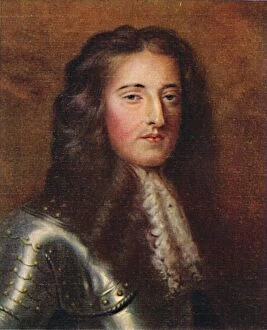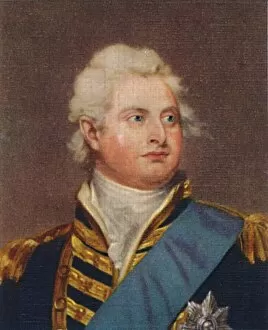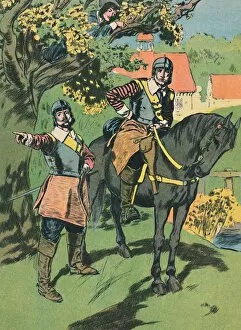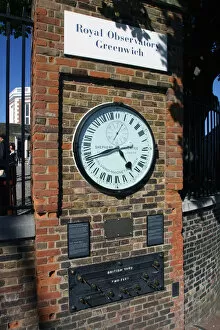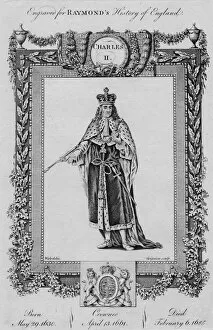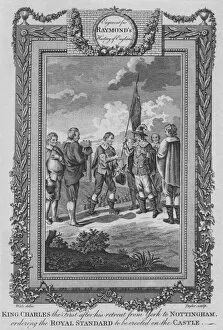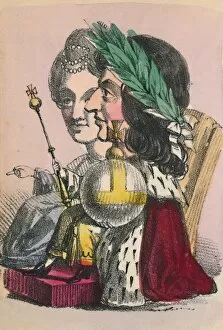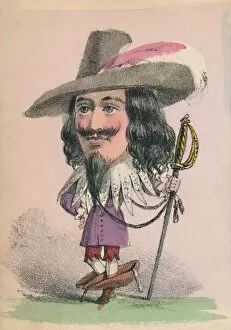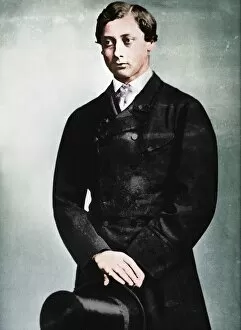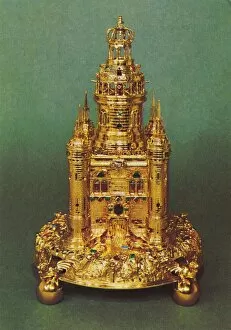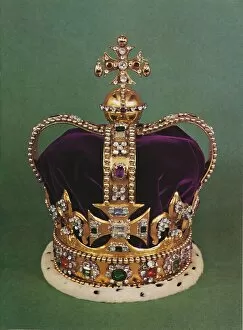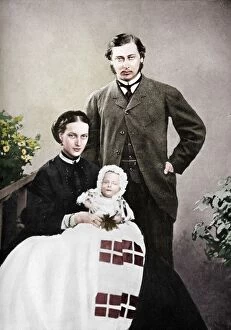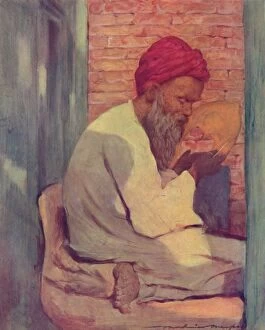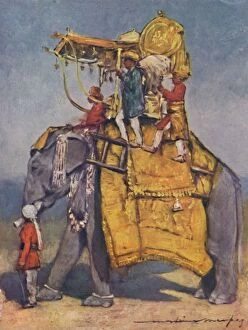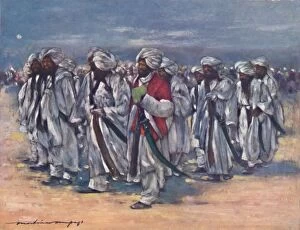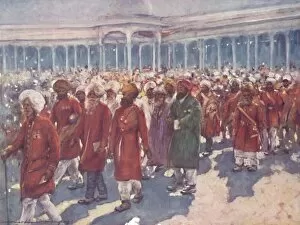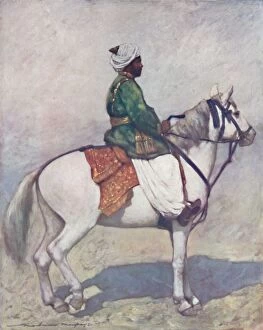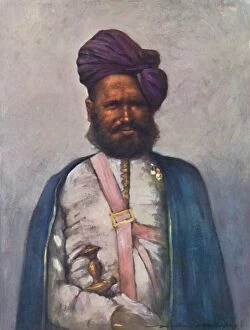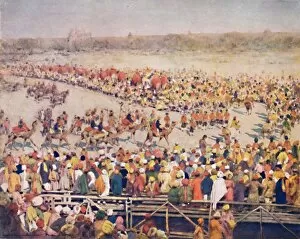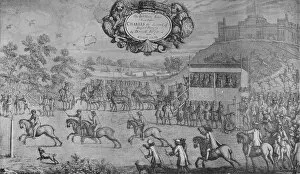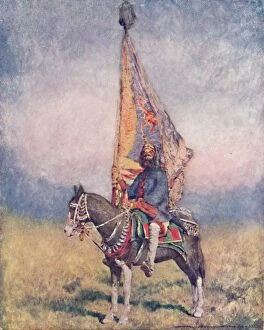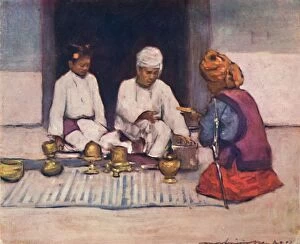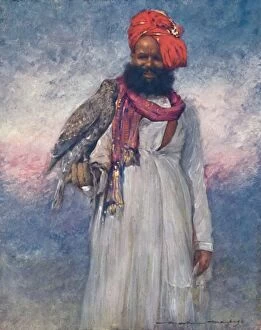King Of Great Britain And Ireland Collection (#7)
"Royalty and Racing: A Glimpse into the Kings of Great Britain and Ireland" Step back in time to the prestigious Newmarket Race Course in 1940
For sale as Licensed Images
Choose your image, Select your licence and Download the media
"Royalty and Racing: A Glimpse into the Kings of Great Britain and Ireland" Step back in time to the prestigious Newmarket Race Course in 1940, where the kings of Great Britain and Ireland reveled in their passion for horse racing. The echoes of history resonate as we witness Charles I engaging with Speaker Lenthall around 1850, a captivating moment frozen in time by an unknown creator. Transporting us further back, a regal portrait of King Charles II from 1907 captures his majestic presence. His love for equestrian pursuits is evident as we delve into "The Princes Second Derby" of 1900, witnessing Diamond Jubilee triumphantly crossing the finish line under an unknown artist's skilled hand. Edward VII takes center stage amidst the early 1900s, exuding charisma and charm that defined his reign. Meanwhile, Sir John Nicholas gazes at us through Peter Lely's masterful brushstrokes in his timeless portrait from 1667. Immerse yourself in the fashion trends during the reigns of Charles I, Charles II, and James II with vivid illustrations dating back to 1640-1686. These glimpses offer insight into not only their rule but also their sartorial choices that shaped an era. Diamond Jubilee celebrations resound through history as we commemorate this grand event from 1911. Persimmon gallops alongside it—a symbol of endurance and victory captured forever by an anonymous artist's skillful hands. Delving deeper into lineage, Prince Edward of Wales—our future King Edward VII—graces our vision with youthful poise captured by W&D Downey's lens in 1890. Alongside him stands Alexandra Queen Consort—a pillar supporting her husband throughout his reign—in a photograph taken around the same period. Finally, William Faithorne immortalizes King Charles II between 1660-1670—an iconic figure whose reign marked a significant era in British history.

